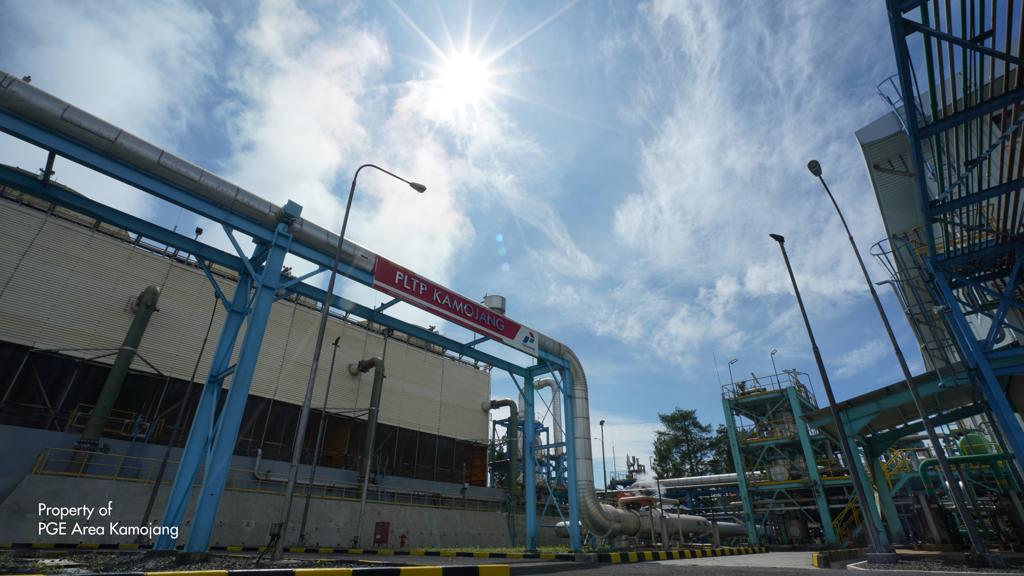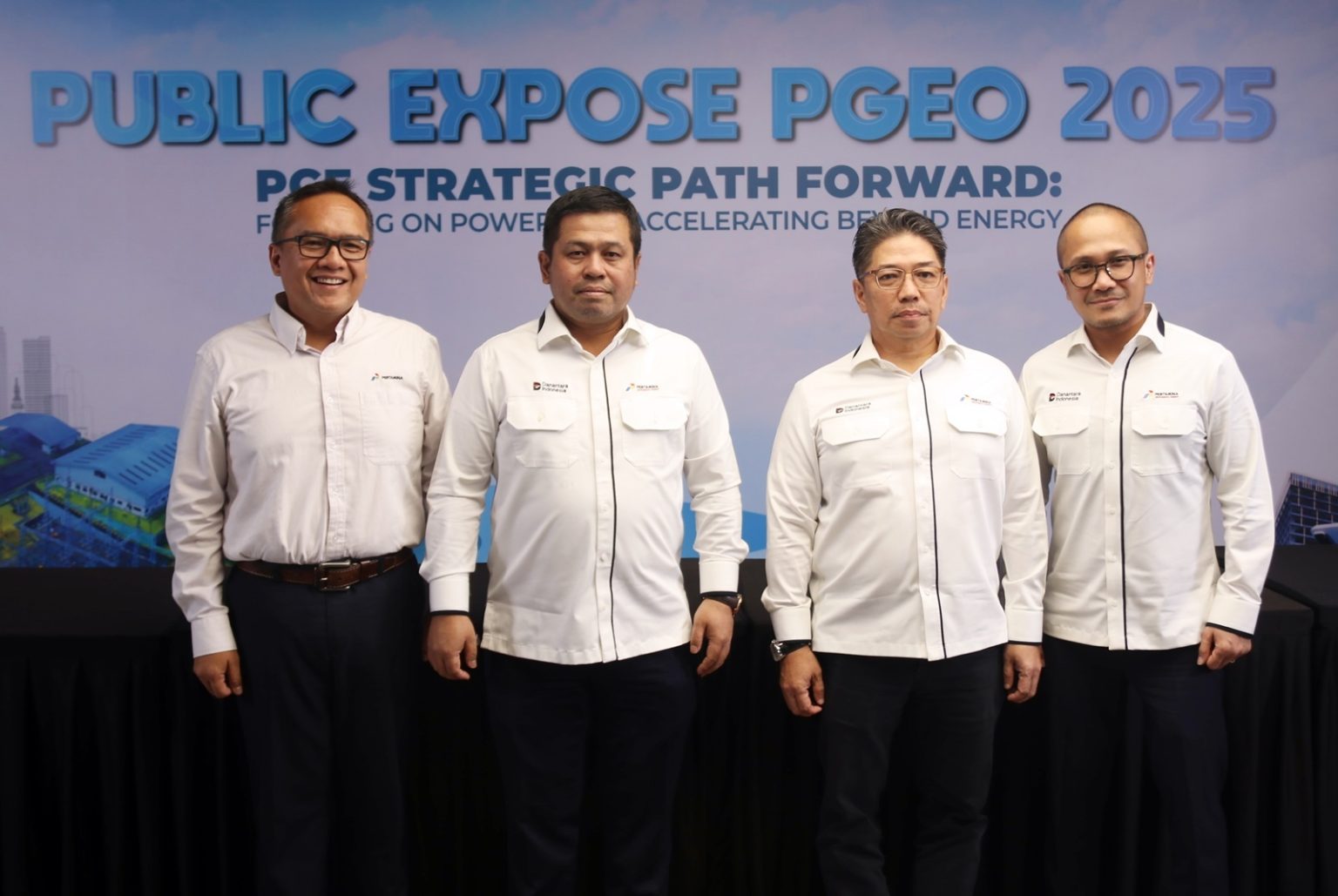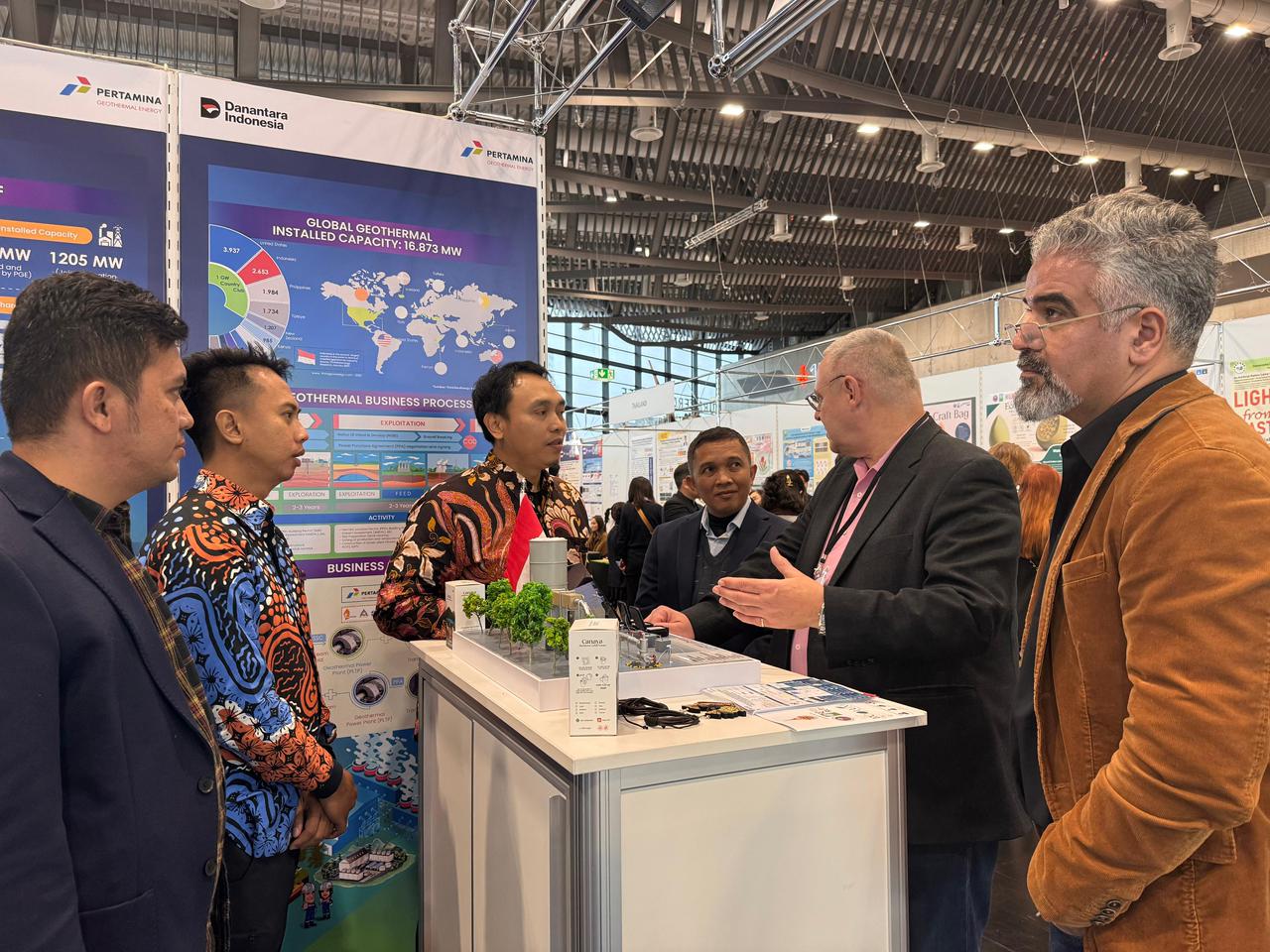Indonesian President Prabowo Subianto inaugurated the construction and operation of renewable energy projects across 15 provinces on Thursday (June 26, 2025) in a hybrid manner. One of the projects inaugurated was the 55-megawatt (MW) Gunung Tiga Geothermal Power Plant (PLTP) project owned by PT Pertamina Geothermal Energy Tbk (PGE) (IDX: PGEO). The symbolic inauguration took place in Bondowoso, East Java, as part of the national commitment to accelerating the clean energy transition. The Gunung Tiga PLTP project is PGE's strategic step in supporting the achievement of the target of increasing national geothermal capacity to 5.2 gigawatts (GW) by 2025–2034.
President Prabowo Subianto stated that energy availability is a crucial part of a nation's sovereignty. The President conveyed that Indonesia should be grateful for its extraordinary energy resources.
"We have renewable energy sources within us; we just need to manage them well. Today is proof of Indonesia's ability to achieve energy self-sufficiency, which is crucial for the nation's future," the President said in his remarks.
Accompanying the President, Minister of Energy and Mineral Resources (ESDM), Bahlil Lahadalia, stated in his remarks that the construction of New and Renewable Energy (EBT) power plants plays a role in driving the growth of local industry, with a domestic content level (TKDN) of 40% and employing more than 9,500 workers nationally.
As part of this series of national agendas, PGE also held a groundbreaking ceremony for the Gunung Tiga Geothermal Power Plant (PLTP) exploration project in Lampung on Thursday (June 26, 2025). The event was attended by the Regional Secretary of Lampung Province, Dr. Marindo Kurniawan, S.T., M.M.; Bambang Purbiantoro, Representative of the Geothermal Directorate of the Directorate General of EBTKE, Ministry of Energy and Mineral Resources; Agus Suranto, Deputy Regent of Tanggamus; and Ahmad Yani, Director of Operations of PT Pertamina Geothermal Energy Tbk.
The presence of the Gunung Tiga Geothermal Power Plant is highly strategic for PGE. PT Pertamina Geothermal Energy Tbk President Director Julfi Hadi stated that the Gunung Tiga Geothermal Power Plant (PLTP) is one of the geothermal prospects within the Mount Waypanas Geothermal Working Area (WKP), along with the Ulubelu project. This exploration aims to confirm the potential of geothermal energy reserves, which are expected to become a locally-based clean energy source (indigenous energy), to strengthen energy security and support the achievement of the national renewable energy mix target. As a first step, infrastructure construction will begin in April 2025.
"With our vast potential, we believe PGE will continue to contribute significantly to building a sustainable green energy ecosystem," he said.
Julfi further explained that Gunung Tiga, located south of the existing Ulubelu area, has promising geothermal characteristics and is highly strategic for geothermal power plant development. He added that the main advantage of geothermal energy lies in its reliability and stability, as it is independent of weather conditions such as sunlight or wind.
"Exploration is being carried out in stages through three wells, implementing strict safety standards, environmental protection, and comprehensive risk management. All activities have undergone an Environmental Impact Analysis (AMDAL) study, and each stage will be closely monitored to minimize impacts on the surrounding ecosystem," Julfi explained.
As a pioneer in geothermal energy development in Indonesia with over 40 years of experience, PGE currently manages an installed capacity of 672.5 MW across six operating areas. The company targets increasing this capacity to 1 GW within the next two years and reaching 1.7 GW by 2034. In addition to operating Lumut Balai Unit 2, PGE is also developing several strategic projects, such as the Hululais Geothermal Power Plant Units 1 & 2 (110 MW), as well as several co-generation projects with a total capacity of 230 MW.
PGE has also identified a potential geothermal resource of 3 GW across 10 independently managed WKP (Working Areas), underscoring the company's commitment to supporting national energy security and sustainability.





